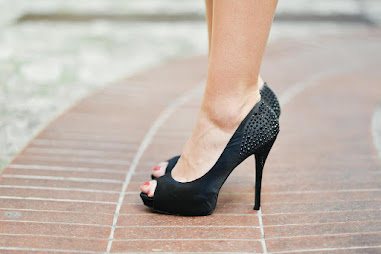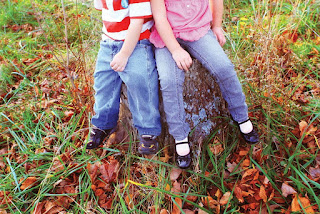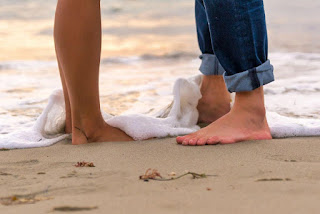What is Haglund's Deformity? | Dakota Foot & Ankle Clinic

Haglund’s Deformity is an enlargement on the back of the heel bone. It often occurs in women that wear pumps and is sometimes called “pump bump.” It is caused by the shape of your foot. You are more likely to develop Haglund’s Deformity if you have a tight Achilles tendon, high arches, or walk on the outside of your foot. It is also common in people that wear shoes with a very firm, rigid back. The most common symptom of Haglund’s Deformity is a bump on the back of the heel along with heel pain. Blisters may also develop. If you are experiencing pain or the bump enlarges, it is best to see Dr. Brian Gale, DPM, FACFAS. He will be able to evaluate your feet and help determine a treatment plan that is best suited to your needs. Contact Us at 701-255-3338 today to set up an appointment.

